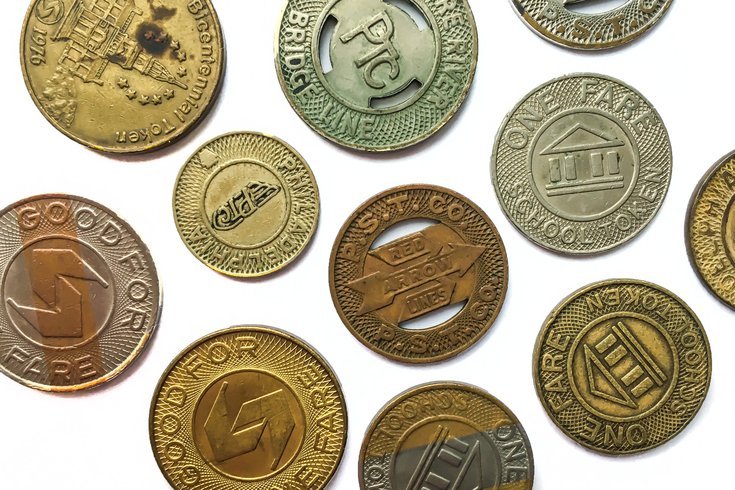
November 01, 2023
 THOM CARROLL/for PhillyVoice
THOM CARROLL/for PhillyVoice
SEPTA will stop accepting tokens as fare payment for its subways, trolleys and buses at the end of this year, the transit authority announced Wednesday.
By the end of this year, a once-ubiquitous symbol of city life in Philadelphia will become a historic artifact. SEPTA will stop accepting transit fare tokens as payment for riding on the city’s buses, trolleys and subways on Jan. 1, 2024, the transit authority announced Wednesday.
The multi-year phaseout of SEPTA tokens will finally come to its conclusion nearly six years after the transit authority stopped selling them to riders.
Since then, SEPTA has developed new payment methods to board its sprawling transit network. SEPTA Key, the authority’s contactless, chip-based fare payment card, was announced in 2012 and fully rolled out by 2019. More recently, SEPTA enacted a more efficient contactless payment system that lets riders pay for trips by tapping a credit card or mobile payment-enabled smartphone upon boarding, effectively bypassing the SEPTA Key card and the lines that sometimes form at the fare kiosks.
Although SEPTA announced that it would stop selling transit tokens in 2018, the transit authority has continued to accept them as fare payment. But after Dec. 31, those tokens will become relics of Philly history.
Philadelphians have used transit fare tokens since the mid-1800s, when the city's first streetcar lines and trolleys — which were drawn by horses — began using them. Early tokens were made of brass or copper and stamped with the name of the streetcar company and the words "good for one fare."
The SEPTA token as we know it today was officially born in 1968 after the transit authority acquired the Philadelphia Transportation Company and its citywide network of buses, trolleys and subways. Initially, those tokens were only available to students as a discounted way to ride the city's transit system. In 1977, SEPTA made tokens available to all riders, though they were without the discount originally offered to students.
In 1982, the SEPTA token became a more economical way to ride the city's transit lines. That's when SEPTA started selling tokens for 71 cents, a few cents cheaper than the standard 75-cent fare. The following year, SEPTA started selling packages of 10 tokens for $7, effectively knocking another cent off the fare price for riders who chose to use tokens instead of digging for exact change.
Over the years, SEPTA has issued a variety of different tokens with different designs, colors and materials. Some of the tokens were commemorative, marking special events, anniversaries or special promotions.
Some of those early Philly transit tokens may now be more easily found in a history museum like the Smithsonian — or repurposed as earrings in an Etsy store — than in the depths of a change purse. After New Year's Eve, those may be the only places to find them.